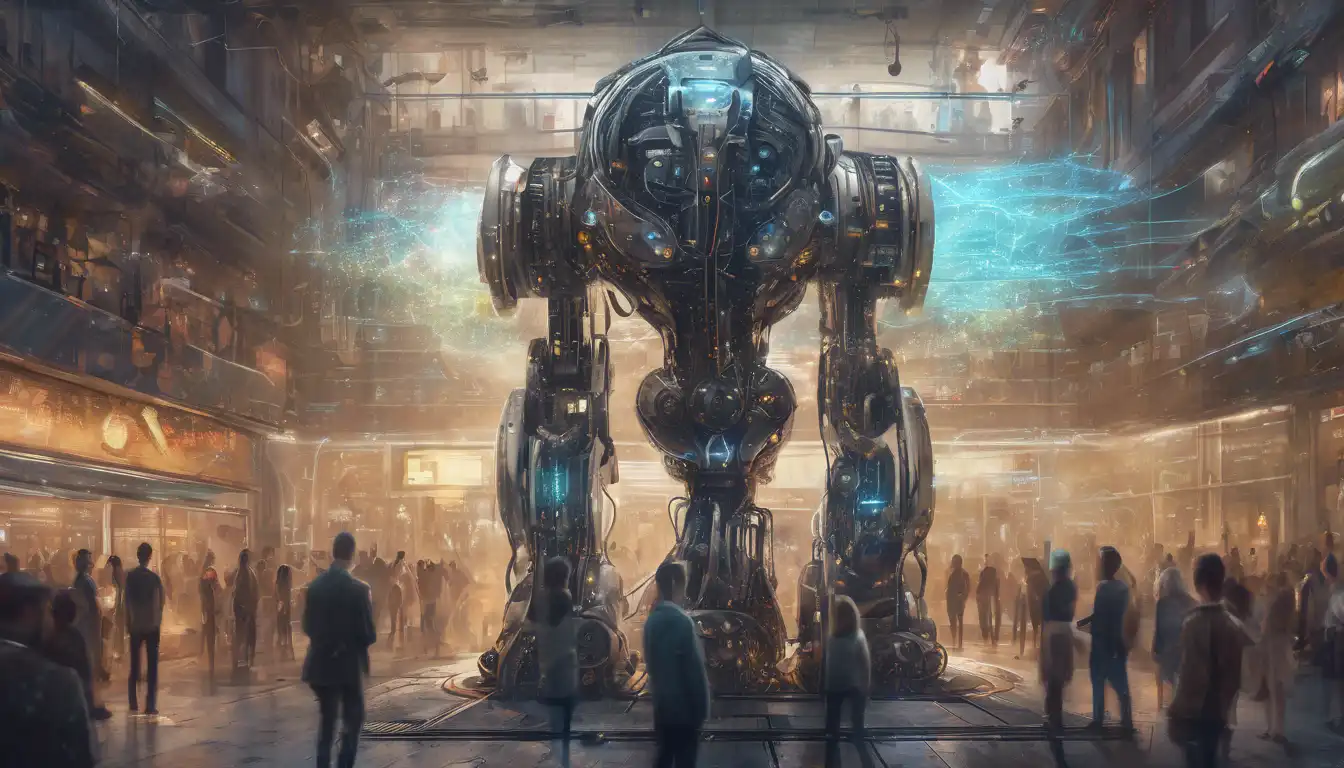Introduction to Machine Learning in Recommendations
Machine learning has revolutionized the way we interact with digital platforms, especially in the realm of personalized recommendations. From streaming services to e-commerce, machine learning algorithms are at the heart of suggesting what to watch, buy, or read next. This article delves into how machine learning powers these recommendation systems, making them more accurate and personalized than ever before.
Understanding Recommendation Systems
Recommendation systems are algorithms designed to suggest relevant items to users based on various data points. These systems can be broadly categorized into three types: collaborative filtering, content-based filtering, and hybrid systems that combine both approaches. Machine learning enhances these systems by analyzing vast amounts of data to predict user preferences with high accuracy.
Collaborative Filtering
Collaborative filtering relies on the behavior of similar users to make recommendations. Machine learning models analyze patterns in user interactions to identify similarities and suggest items that similar users have liked. This approach is widely used in platforms like Netflix and Amazon.
Content-Based Filtering
Content-based filtering, on the other hand, focuses on the attributes of the items themselves. Machine learning algorithms analyze the features of items a user has interacted with to recommend similar items. This method is particularly effective in news recommendation systems.
Hybrid Systems
Hybrid systems leverage the strengths of both collaborative and content-based filtering to provide more accurate recommendations. Machine learning plays a crucial role in balancing and optimizing these approaches for better performance.
The Impact of Machine Learning on Recommendation Accuracy
Machine learning models, especially deep learning, have significantly improved the accuracy of recommendation systems. By processing complex patterns in user data, these models can predict preferences with remarkable precision. Techniques like matrix factorization and neural networks are commonly used to enhance recommendation algorithms.
Challenges and Future Directions
Despite their success, machine learning-powered recommendation systems face challenges such as data sparsity and cold start problems. Future advancements may focus on incorporating more contextual information and improving real-time recommendation capabilities.
Conclusion
Machine learning is the driving force behind the sophisticated recommendation systems we encounter daily. As technology evolves, these systems will become even more personalized and accurate, further enhancing user experiences across digital platforms.
For more insights into the world of machine learning and its applications, explore our technology section.
